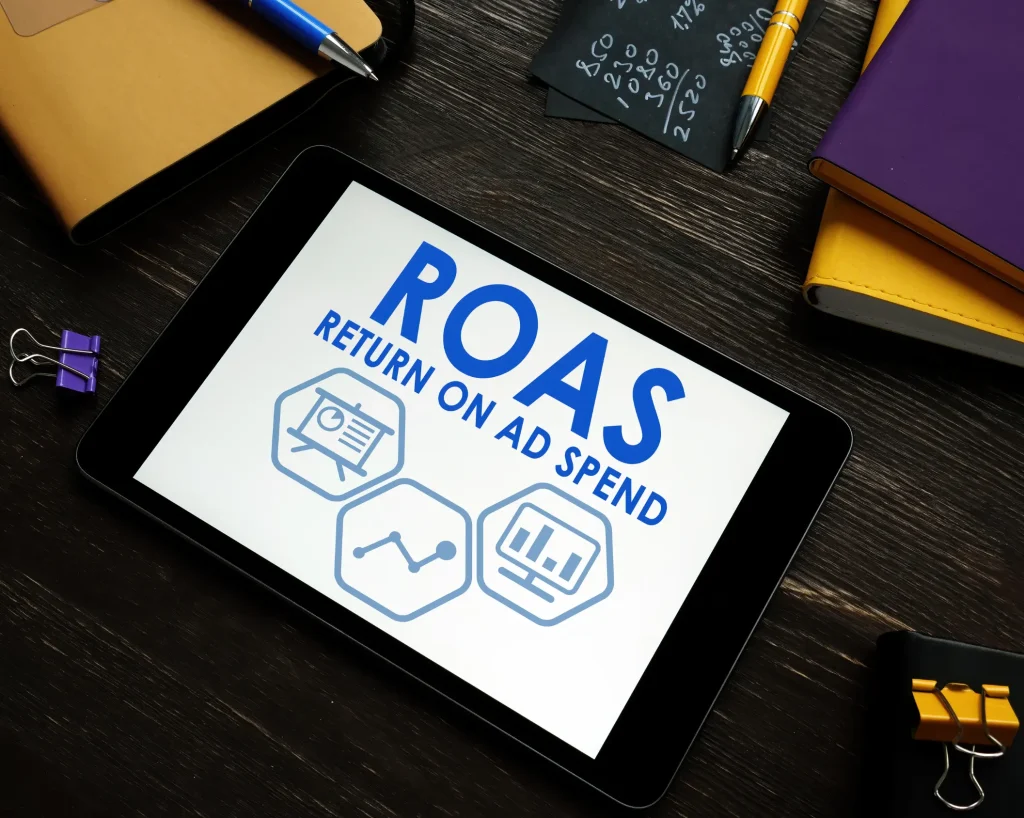How to Improve Your ROAS (Return on Ad Spend) Effectively

Improving your ROAS—Return on Ad Spend—is a top priority for businesses aiming to make every advertising dollar count. Whether you’re running Google Ads, Facebook campaigns, or display networks, your Return on Ad Spend is a key performance metric that directly reflects profitability.
Why ROAS Matters in Every Campaign
ROAS helps measure how efficiently your ad spend generates revenue. A higher Return on Ad Spend means your campaigns are bringing in more money relative to the cost. For example, if you spend $1,000 and earn $4,000 in return, your ROAS is 4:1. This ratio can influence budgeting decisions, channel strategies, and creative planning.
However, it’s not just about spending less. Sometimes, increasing ad spend strategically can actually boost ROAS—if done wisely. That’s why testing and data analysis are essential parts of campaign optimization.
Tactics to Boost ROAS Without Sacrificing Reach
To effectively improve ROAS, start by narrowing your target audience. Focusing on high-intent users often yields better results than broad targeting. Next, ensure your creatives align with the user’s intent and platform behavior. Ads that resonate with the audience lead to higher click-through and conversion rates.
Additionally, use A/B testing to compare different headlines, calls to action, and visuals. Even small changes can make a measurable difference. While testing, also monitor landing page performance. If users click but don’t convert, the issue may lie beyond the ad.
Furthermore, leveraging retargeting campaigns can significantly increase Return on Ad Spend. Retargeted users are more familiar with your brand, making them more likely to convert. Combine this with lookalike audiences to reach new prospects similar to existing customers.
Measure, Adjust, Repeat
Improving ROAS isn’t a one-time effort—it requires ongoing testing, refinement, and adaptation to changing user behavior. Keep a close eye on attribution data and campaign metrics. By understanding which parts of your funnel drive the best returns, you can double down on what works and cut what doesn’t.